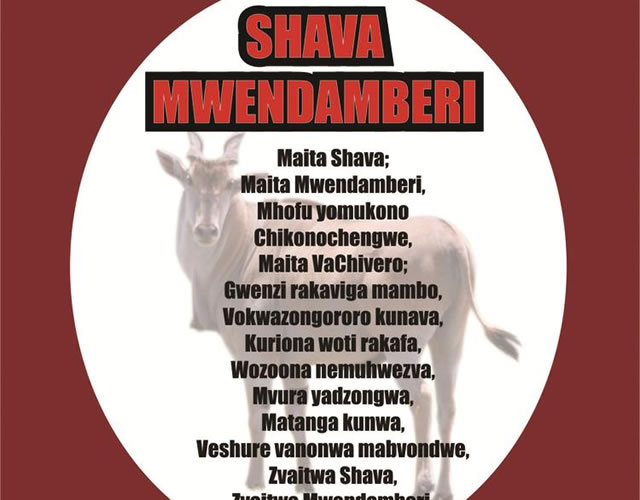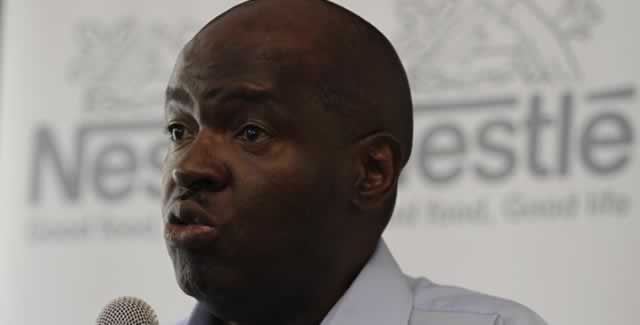Of editorial cartoons, censorship

The cartoonist’s open defiance does not only mean they are wilfully testing the limits of their freedom, but that he or she is also excited by the consequences of their actions. The serious battle that cartoonists all over the world face daily but in varying degrees, is how their work is perceived outside the newsroom where it is created.
The significance of editorial cartoons has greatly increased since their conception in the 17th century.
In the United States, in the mid-century period, editorial cartoonists, especially those working for partisan newspapers, were expected to hew closely not only to a party line but to the lead editorial. However, now they feel freer to produce the equivalent of an Op-Ed feature rather than simply reinforce their editor’s views or illustrate the daily headline.
As far as censorship goes, positive steps have thus far been taken in the United States, but as the examples from history that follows will show, editorial cartoons have suffered significant setbacks with regard to post-editorial censorship through time.
With censorship, over time political cartoons started to transform from a sight of representation of ideas and values to one of resistance against state control; new meanings and symbol systems to criticise authorities.
Governor Pennypacker of Pennsylvania for example employed control against his negative portrayals in cartoons and in 1903 outlawed visual depictions of persons as animals.
Yet his measure led to the use of vegetables instead, demonstrating the resiliency of the resistance to state control.
The French caricaturist Charles Philipon criticised the French King Louis-Phillippe (1830-1848) by playing upon the multiple connotations of la poire, the pear, especially its meaning of ‘fathead’ in slang, to depict the king as a pear.
The cartoonist was duly thrown into prison but “his caricature became even more popular and permanently conferred upon the pear a new political meaning”.
Quite a great number of cartoonists have met the same fate, while others have paid the ultimate price for their work. One author observed that most governments outside the United States are more restrictive, especially in regard to government personnel and their policies: yet these are precisely the areas that have been typical targets of the editorial cartoonists.
But are cartoonists innocent professionals simply doing their duties and being routinely undermined? Evidence suggests this may not be the case.
Without question, editorial cartoons test the boundaries of free speech.
Their strong messages, coupled with unflattering caricatures, do guarantee that at least one person depicted in the composition may have reservations.
Cartoonist Linda Boileau of the Frankfort State Journal maintains that “cartoons must have a bite to them, you’ve got to burn some ego, get the knife out now and then, because if you don’t, you’re just not worth your stuff”.
Pulitzer award winner Michael Ramirez concurs, “you’ve got to push the issue to extreme”.
He adds that he feels “neither regret nor guilt about his work, even when some people find it offensive”.
References to “attack” do not end here. Boileau declares, “one of the best things about a cartoon is that it’s quick, you’ve got one shot and it’s sort of like shooting an arrow: it’s quick and clean and you get right to the target”.
Because there are no set standards regulating the “extremes” to which an editorial cartoon can go, how deep the “knife” or “arrow” should go, or how much “burn” should be employed, getting in trouble is not a distant prospect.
It may appear too that trouble does not scare cartoonists, with some of them seemingly viewing it as part of the job.
As one writer points out, many cartoonists in the United States take pride, even glee in being sued, because they know they have virtually nothing at risk and feel they have been effective in their work. A good number of the editorial cartoonists share this view.
Michael Edward Luckovich, cartoonist for the Atlanta Journal/Constitution was delighted when a heavyweight political figure displayed anger at one of his cartoons to a national audience, and vowed from that point forward to ignore all reporters from Luckovich’s paper.
A political cartoonist, according to Luckovich, could not ask for better publicity and reward than “threats like this”.
In addition, cartoonist Mike Smith mentioned that he only got into the profession “once I saw how much trouble I could get into, I said this is really fun, I want to do this for real”.
The cartoonist’s open defiance does not only mean they are wilfully testing the limits of their freedom, but that he or she is also excited by the consequences of their actions. Their strong belief in their work and their apparent disregard of what those outside their profession is epitomised by Michael Ramirez, who says “I believe in the right of groups to express their opinion and I hoped that they understood I have a constitutional right to ignore them”. And cartoonists’ willingness to go further away from the traditional role of the newspapers they work for is revealed by one of its own, Signe Wilkinson who argues, “if that’s where people are pissed and angry, that’s where cartoonists ought to go”.
Mike Shelton of the Orange County Register enthusiastically adds, “I’d rather somebody opened their paper in the morning, just as they are lifting the coffee cup to their mouth, and just sputter hot coffee all over the place as they turn to the cartoon”.
The opinions of editorial cartoons above illustrate that cartoonists often deliberately shape their work to “attack” and ”shock” their audience.
With respect to censorship, they may well have a point, as some of the most basic rights for the media are routinely violated in many countries.
However, their actions suggest they are willing to break the rules, while gleefully awaiting any heavy handed measures that potentially elevate their status and significance in society.
Despite their apparent fixation on “attack” in most cases, editorial cartoons have a major role to play in society.
There is no consensus on whether their role is positive or negative but what is clear is that they are a major part of the society they are produced for.







Comments